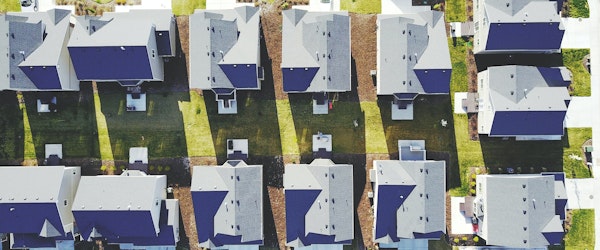
Insurance Adjusters Discuss Re-filing Claims for Unrepaired Damage
Thursday, May 30th, 2024 Fraud Insurance Industry PropertyInsurance adjusters on Reddit are engaging in a detailed discussion about handling situations where policyholders file new claims for damage to their property that was previously claimed but not repaired. This scenario poses significant challenges for insurance companies, and the responses from adjusters highlight varying approaches and complexities involved in such cases.
The original poster sparked the discussion by asking how different companies handle cases where a roof, paid for under a prior claim, was never replaced, and now the policyholder is filing another claim for new damage. The key question is whether companies should estimate the new damage at today’s prices and subtract the prior payments or not estimate for the roof at all.
Adjusters provided a range of responses. Some stated that their companies would outright deny the new claim if the roof was never replaced following the prior claim. They emphasized the importance of verifying whether the previous repairs were completed before processing a new claim. Others suggested that companies might adjust for price differences and account for inflation but would still deduct the prior payment from the new estimate.
More than one person pointed out the importance of identifying "new and discernible" damage. They recommended writing a new estimate for the current damages and subtracting any previous payments, ensuring that the insurer does not pay twice for the same damage. Some drew parallels to similar practices in auto insurance, where overlapping damage claims are also carefully scrutinized.
The consensus among many adjusters, including those with extensive field experience, is that if a full roof replacement was previously approved but never completed, the new claim would likely be denied. This approach aligns with standard policy stipulations requiring repairs to be completed within a specified period, often to recover depreciation.
Other contributors highlighted instances where failure to complete repairs led to investigations and potential denials, especially in cases involving fraud or non-disclosure of previous claims. Adjusters stressed the role of underwriting in flagging such risks and ensuring compliance with policy terms.
Overall, the discussion reveals that while practices may vary among insurers, the common goal is to prevent duplicate payments for unrepaired damage and uphold policy integrity. The need for clear communication with policyholders about their obligations and the potential consequences of not completing repairs is a recurring theme.





